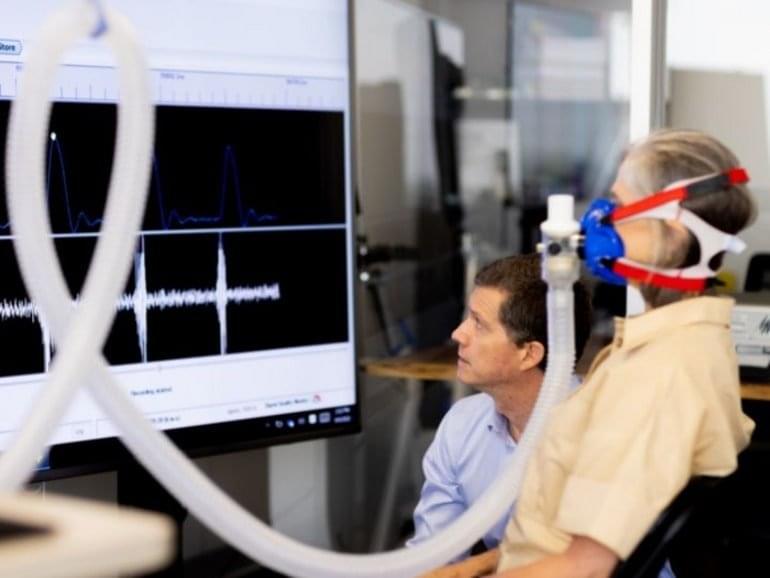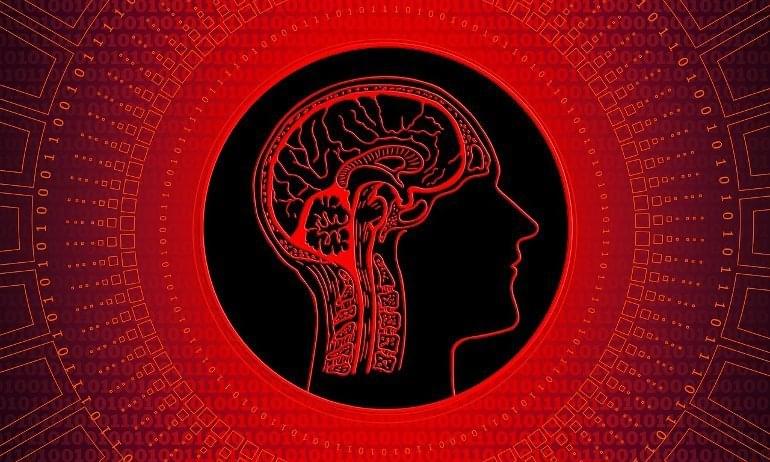I am registering Posthuman as a religion in UK, and MVT (although evidence based) as a “religious belief” — which seems consistent with.gov requirements, since the Posthuman Movement started 1988 in UK. Why shouldn’t rational folk benefit from the same financial benefits awarded to promoters of Supernaturalism and religious daftness? Perhaps Transhumans should also consider this, or jointly with https://Posthuman.org? Any USA citizens interested in this approach? https://www.gov.uk/…/charitable…/charitable-purposes…
Posthuman Psychology, MVT research, World Philosophy, Software development.







